Aging is a natural part of life. It does not just affect what you can see on the outside, for example, grey hair and wrinkles. We also age on the inside, which is the reason we have to nourish ourselves with a range of supplements to ensure good health, longevity and happiness.
The prostate is one of the components of a man’s sex organs. It is a walnut-sized organ in young men, but with age it slowly increases in size, and this can cause issues. For men, the older you get, the more likely you are to have problems with your prostate health.

The prostate goes through two primary phases of development during a man’s life. The first sees fairly rapid growth during the early years of puberty – the prostate generally doubles in size. The second phase of growth begins in a man’s mid-twenties and this is a much slower period of development which then proceeds throughout life.
The second phase of growth does not cause any issues until men are well into their 60s or 70s when the indications caused by the now enlarged prostate will begin to appear and a visit to the specialist will reveal the presence of nothing more than a basic enlarged prostate. In medical terms, your doctor will state that you are experiencing benign prostatic hypertrophy, benign prostatic hyperplasia or BPH.

When the prostate grows, the tissue surrounding it restricts its expansion and causes the prostate to close around the urethra. In this case, the flow is restricted through the urethra. In the meantime, the bladder wall thickens and the bladder begins to contract even when it contains moderately small amounts of urine. At last, the bladder weakens and loses its ability to contract and to empty itself and the urine stays trapped in the bladder.
The exact symptoms experienced because of an enlarged prostate will clearly vary from person to person, but, as a general rule, the first signs will be a difficulty in urinating and a change in your pattern of urination.

An early visit to the doctor can have the issues related to an enlarged prostate cleared up quickly and considerably reduce the danger of developing complications.

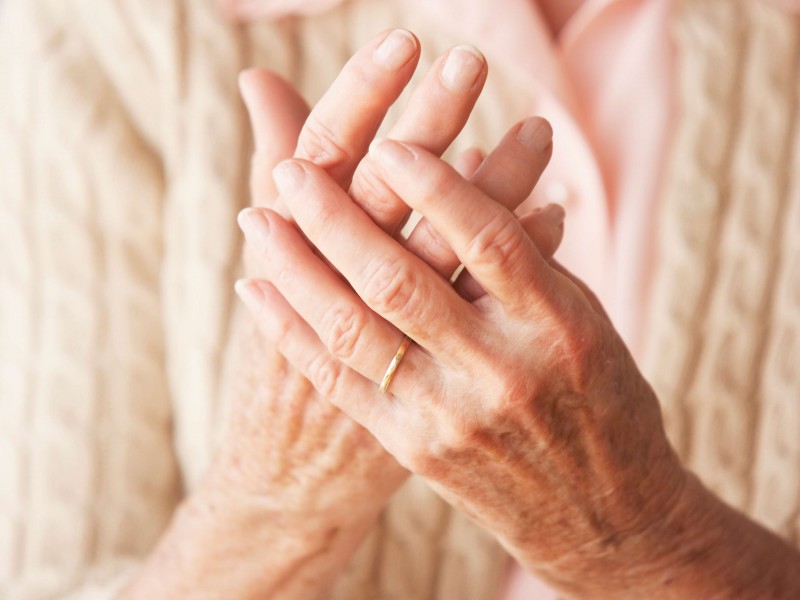


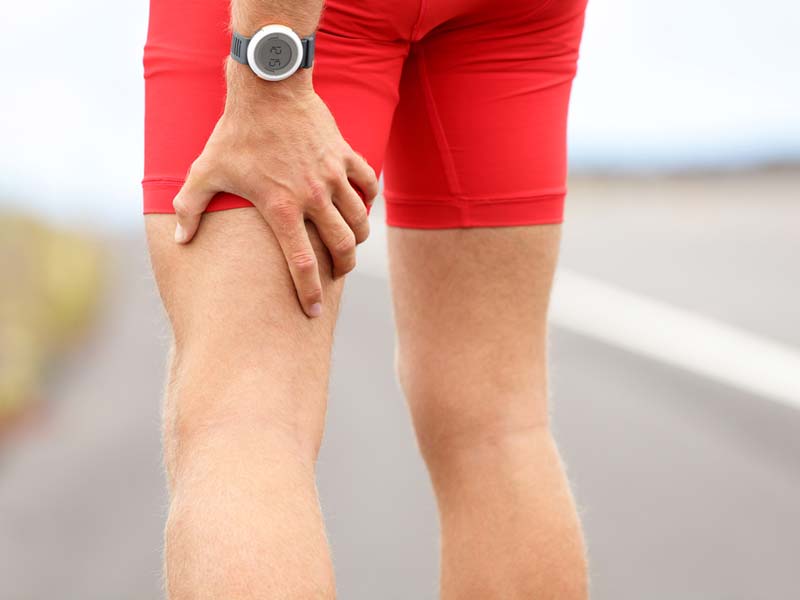







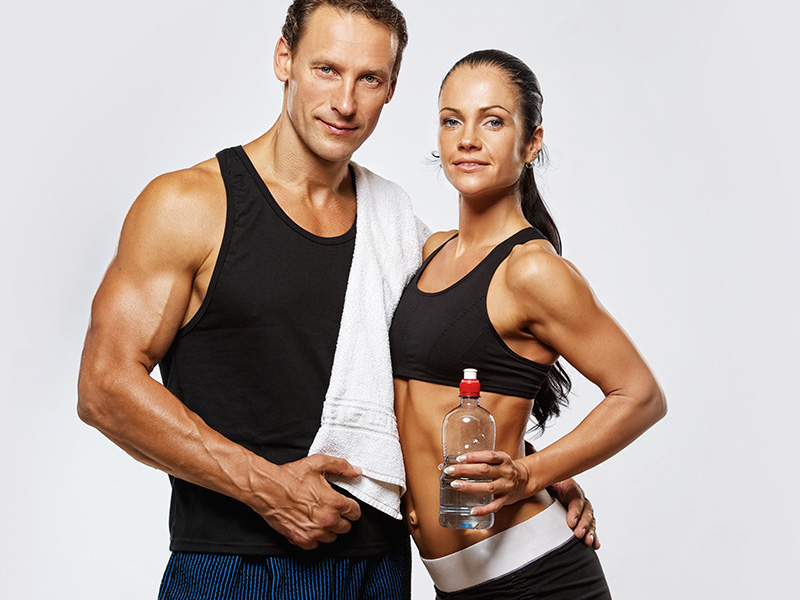



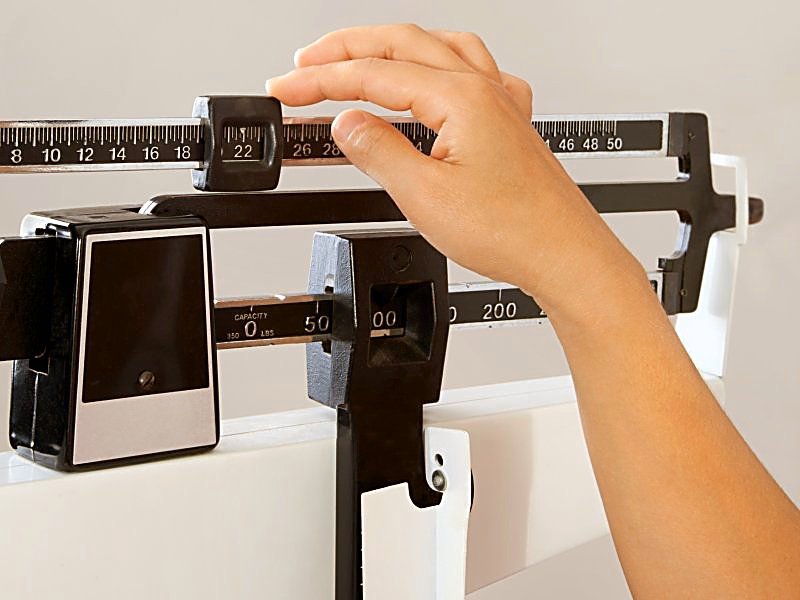



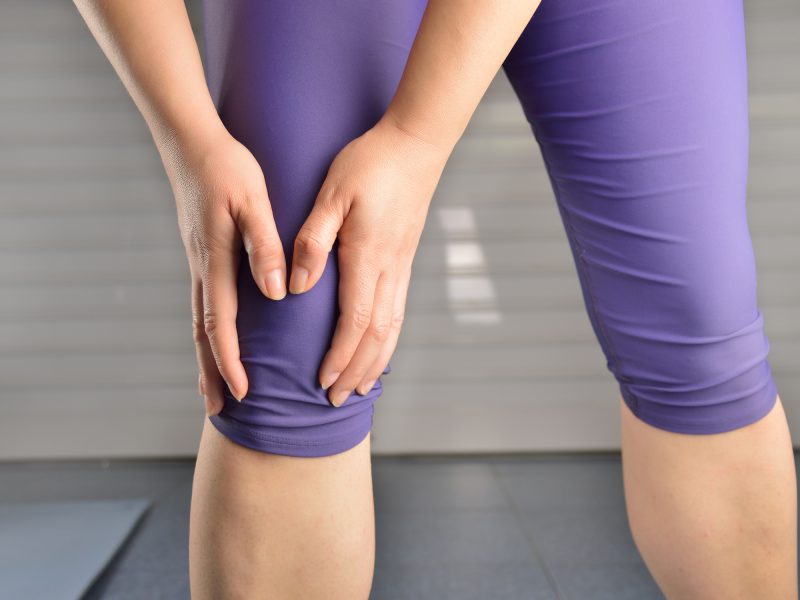



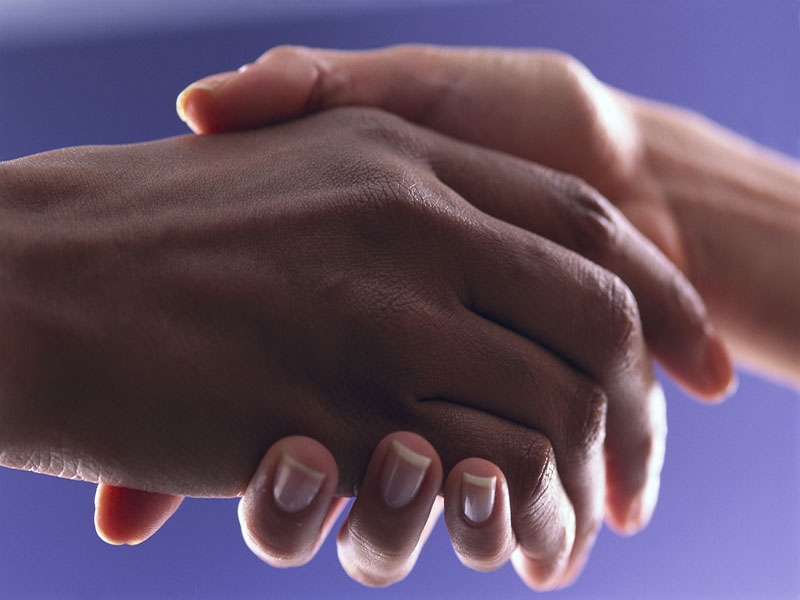





 It’s necessary to protect our skin which isn’t covered from the sunbeams. Often those are:
It’s necessary to protect our skin which isn’t covered from the sunbeams. Often those are: Usually most of us forget to take care of our hair. Probably you use a hair dryer or go to a hair stylist and that’s all. Your hair needs care similar to your skin. Especially in the summer when the sunlight is even more harmful. If you don’t want to damage your hair, look for products which regenerate the hair deeply and take care in regard to its shine. For colored hair you need a product which protects the color from fading and hydrates the hair deeply. Don’t forget using a hair mask. This product takes care for the reconstruction, revitalization and hydration of the hair. Home care is important for those who want to or already have good-looking hair.
Usually most of us forget to take care of our hair. Probably you use a hair dryer or go to a hair stylist and that’s all. Your hair needs care similar to your skin. Especially in the summer when the sunlight is even more harmful. If you don’t want to damage your hair, look for products which regenerate the hair deeply and take care in regard to its shine. For colored hair you need a product which protects the color from fading and hydrates the hair deeply. Don’t forget using a hair mask. This product takes care for the reconstruction, revitalization and hydration of the hair. Home care is important for those who want to or already have good-looking hair. In the summer it’s easier to concentrate on drinking more water and eating food that contains more water for a better body balance. Add rich in water fruits in your daily meal like: melon, watermelon, grapefruit, peach and strawberries. These fruits contain about 88% – 92% water. Those fruits are favourable to your skin hydration. Vegetables which help hydrating are: cucumbers – 96.72% water; salad iceberg lettuce – 95.7%; radishes – 95.3%; green pepper – 93.9%. There are a lot of recipes including delicious salads. Try some of them and enjoy your hydrating food.
In the summer it’s easier to concentrate on drinking more water and eating food that contains more water for a better body balance. Add rich in water fruits in your daily meal like: melon, watermelon, grapefruit, peach and strawberries. These fruits contain about 88% – 92% water. Those fruits are favourable to your skin hydration. Vegetables which help hydrating are: cucumbers – 96.72% water; salad iceberg lettuce – 95.7%; radishes – 95.3%; green pepper – 93.9%. There are a lot of recipes including delicious salads. Try some of them and enjoy your hydrating food. What colors are your summer clothes? In this season its’ preferable to wear light tones. They aren’t attracting the sunlight. Avoid wearing dark colors – they aren’t appropriate in summer. Avoid standing out of shade. The direct contact with sunbeams will harm your
What colors are your summer clothes? In this season its’ preferable to wear light tones. They aren’t attracting the sunlight. Avoid wearing dark colors – they aren’t appropriate in summer. Avoid standing out of shade. The direct contact with sunbeams will harm your 

